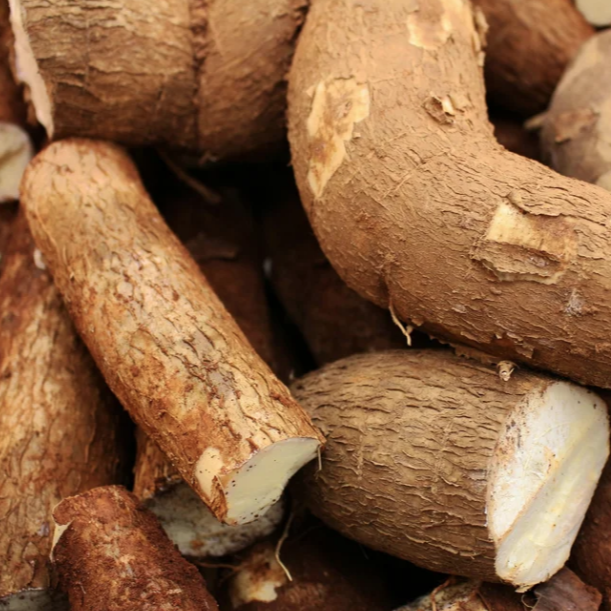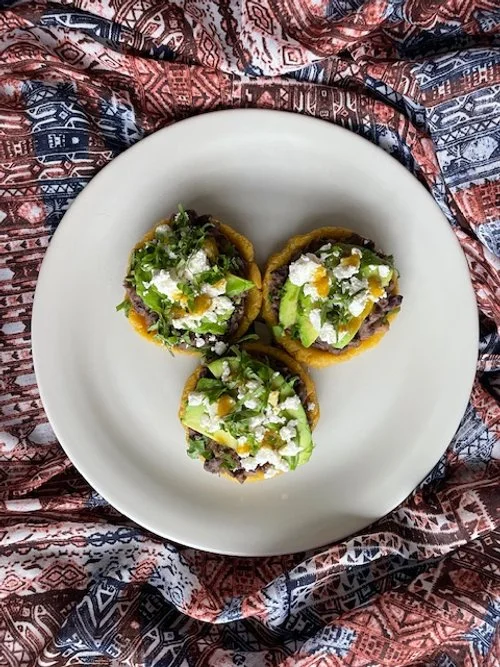explore the world through the universal language of food
Super Easy Pita Bread
The Recipe
Makes: 10 x pieces (100g)
Preparation: 40 minutes
Baking Time: 5-8 minutes
Pita bread is not what it was many years ago. It began as a flat bread without any leavener and eventually morphed into a puffy round piece of goodness.
Pita bread is a wonderfully versatile simple bread. You can stuff them with meatballs, salads, or felafels, dip them into a dip such as hummus or simply eat them on their own (preferably warm).
Pita bread is not what it was many years ago. It began as a flat bread without any leavener and eventually morphed into a puffy round piece of goodness.
Its roots are found in the middle east and the Mediterranean. If you want to learn more about bread check this out, or simply go ahead and bake some pita! It will last for a week and is also easy to freeze and defrost when you need it.
Make sure you use good flour that is unrefined and unbleached - you won’t regret it.
INGREDIENTS
400mls warm water
10g instant yeast
2tsp white caster sugar
900g strong bread flour (you can also do 50/50 with wholemeal)
2tsp fine sea salt
2tbsp extra virgin olive oil
METHOD
Add 300mls of warm water to the yeast and sugar. Stir a little and allow until the mixture becomes a little frothy
Add the oil to the water/yeast mixture and have the remaining 100mls of water on standby
Mix salt and flour together
With a dough hook on your mixer, combine the water/yeast mixture and the dry ingredients until it comes together. Add a little extra water if needed.
Mix until the dough is smooth and supple.
Place the dough into a well-oiled bowl and cover it with cling film, a clean shower cap, or a damp tea towel until it has doubled in size.
Weigh out 100g pieces and place them on a floured tray, covered for 20-30 minutes.
In an oven preheated at 220°C, bake for 5-8 minutes until brown and a little puffy.
Stuff with your favourite fillings and enjoy. If you bake too many you can always freeze them for another day.
Black & White Tsoureki
The Recipe
Makes 4 20cm x 10xm braids
Preparation: 2 hours (including proving time)
Baking Time: 20-25 minutes
Tsoureki comes from the Turkish word “Corek”, which is referred to any bread made from a yeast dough.
As Easter comes around year by year - I always want to make something different from your normal hot cross bun. Don’t get me wrong - I love hot cross buns with plump juicy raisins, slightly toasted and smothered in salted butter, but I also like to learn something new and see if it exceeds my expectations.
Tsoureki comes from the Turkish word “Corek”, which is referred to any bread made from a yeast dough. The bread evolved from Byzantine times and was originally molded into a variety of shapes to ward off evil spirits. Now, in Greece it is commonly braided into a wreath and dotted with red eggs that symbolise the blood of Jesus.
Now the tradition of Easter today and the Pagan Festival of Spring equinox does overlap somewhat. Easter, supposedly named after Eostre, a goddess was symbolised by a rabbit or hare. Traditions of baking, exchanging eggs and are related to rebirth, generation and change.
Whether it is a traditional celebration, the resurrection of JC or the official start of spring - it’s always a wonderful excuse to find chocolate eggs the mysterious Easter bunny has hidden and also to bake in your pjs.
I have included the recipes for both of my versions of tsoureki that follow the same method – do let me know what version you liked the best!!!
INGRDEDIENTS
CHOCOLATE & CHERRY TSOUREKI
10.5g yeast
210g plain flour
A pinch or two of salt
40g cocoa powder
80mls milk
50mls warm water
1 medium egg (50g)
70g caster sugar
1 tsp vanilla extract
70g dried cherries
40g unsalted butter
ANISEED TSOUREKI
10.5g yeast
250g plain flour
A pinch or two of salt
50g caster sugar
1 medium egg (50g)
70mls milk
50mls warm water
Zest of an orange
40g butter
Good chocolate Easter eggs are difficult to find in Singapore (they don’t celebrate it much here!) so to satisfy my chocolate craving I baked a chocolate sour cherry version of tsoureki and he traditional recipe uses mahlepi (a spice made from the seeds of a certain type of cherry) but I threw in some aniseed because - why not??
METHOD
Preheat the oven to 180’ celsius
Put the flour, sugar, yeast, salt and cocoa (if using) into the mixing bowl
Separately mix milk, egg, aniseed, zest and 50mls warm water
Mix the two together with dough hook until a soft dough forms (at this stage you can add the cherries if you are using them)
Lastly add in the butter bit by bit until combined
Throw the mixed dough that’s nice and supple into a well greased bowl (olive oil or melted butter will do the trick), cover and set aside until the dough has doubled in size.
Knock back the dough with a fist or two and divide it into 9 equal portions and plait 3 reasonably similar braids
Place the braids on a tray lined with baking paper and brush with
Brush the braids with egg wash and poke in the dyed eggs randomly in the dough
Bake for 20-25 minutes
Brush with melted honey or jam of your choice for a nice sticky glaze
Although this recipe is supposed to be made on a Thursday and eaten on a Sunday – best you eat it on the day it’s baked!
TO DECORATE
18 dyed quail eggs.
The quail eggs are boiled and cooled and dipped in baths of a teaspoon of vinegar, 1/2 cup water and a good dash of food colouring and stored overnight. Drain the eggs and allow them to completely dry on a cake rack before using.









